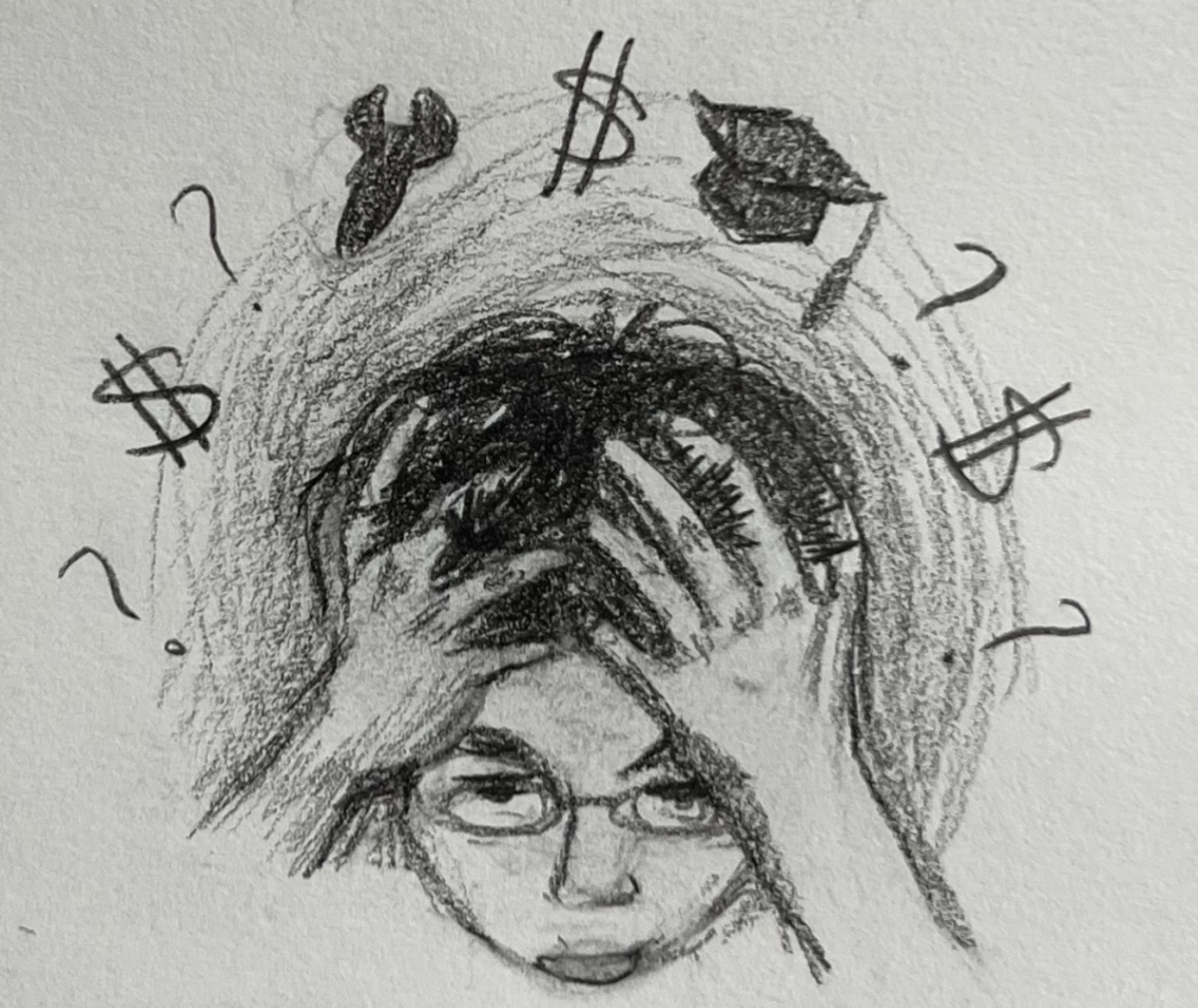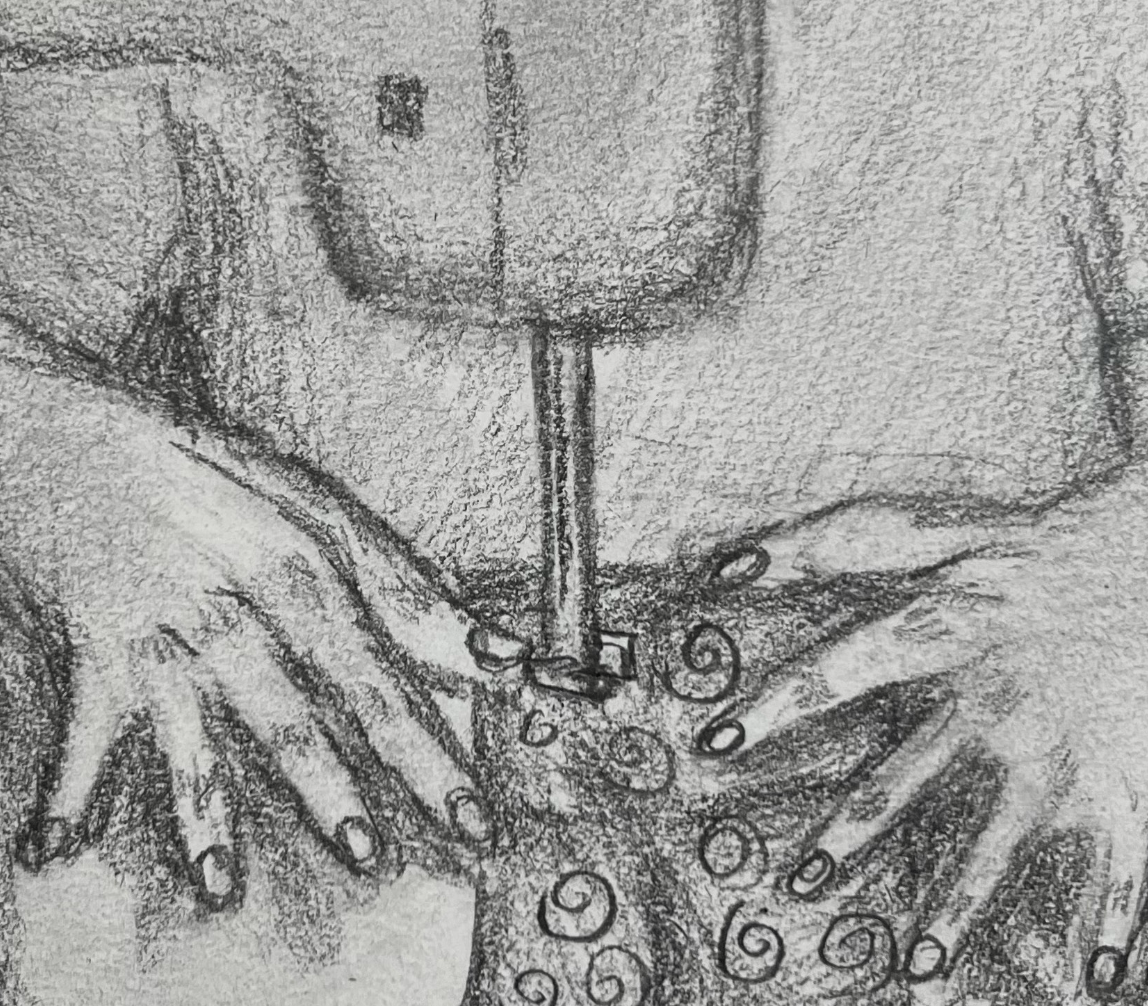For the past four years, “Bridgerton” has dominated screens and conversations. We follow every season’s “diamond,” every Lady Danbury quip, and every Whistledown issue. “Bridgerton” has an extremely large fanbase, especially when considering TV and original novel fans. “Bridgerton” has many of the same draws as “Downtown Abbey” did in the 2010s: beautiful, large mansions, British accents, and intense family drama.
The series follows the Bridgerton siblings and their respective love stories and is set in an upper-class London neighborhood in the early 1800s. One of the prominent characters is Queen Charlotte, the wife of King George III. While the show is fictional, the characters King George and Queen Charlotte are based on the actual reigning couple in the show’s time period.
There is something notable about how “Bridgerton” portrays these characters. Queen Charlotte is black, Duke Hastings is black, and Miss Kate Sharma is Indian. “Bridgerton,” in an effort to promote racial diversity on the screen, has an inclusive cast with lords and ladies from all over the world, representing different nations and speaking different languages—all accepted into the ton’s community.
“Bridgerton” sometimes feels it is trying to achieve two disparate goals: create the perfect anglophile TV show complete with grand balls and posh British accents and live up to diversity and inclusion standards in 2024. There is no way to do both. In reality, “Bridgerton” is a complete fantasy.
I am not saying that “Bridgerton” is a bad TV show—I find it very entertaining—but I think we need to realize why these TV shows are even being made. Modern-day TV media wants to tell the story of Benedict exploring his sexuality and Penelope fighting against gender norms because we are in the 21st century, and those stories are relevant to us. However, there is for some reason an insistence on telling these stories in a fantastical 19th century England.
The anglophile fever in the entertainment industry is real,
reflected in the popularity of shows like “Downton Abbey” and really any Jane Austen remake, but those films and series very intentionally reflect the time period and tell those specific stories. They are period pieces that comment on characters in an explicit historical and societal context. “Bridgerton” does not do that. The show is set in a completely make-believe 1800s England just for the sake of the Regency aesthetic, massive ball gowns and all. In some ways, the setting of the show hinders its ability to truly represent all kinds of identities in a way that feels authentic and meaningful to the audience. That goal should trump aesthetics any day of the week.
Entertainment and media enterprises should keep diversity and representation in mind. Movies, TV shows, and books tell stories, and we should all be able to see ourselves in those stories.
Many people relate to the diverse characters in “Bridgerton.” For example, I loved the Sharma family. They would sometimes use Hindi in their conversations, and that is not something I typically see in trending TV shows. But I think I would be more touched and feel more represented in the media if there was a film about the real experiences and stories of my family. A movie of Indian immigrants braving the new world in search of a better life, education, and health represents me and my history, and a make- believe scenario like the one in Bridgerton does not necessarily do that.
“Bridgerton” feels like an unproductive way to go about representing the world’s rich diversity or reflecting on epic love stories. If the goal is to have representation of different races, ethnicities, and sexual orientations, why isn’t Penelope Featherington an aspiring journalist? What is the necessity of the castles and promenades? Why isn’t Colin Bridgerton a travel vlogger? Why aren’t Kate and Eloise going to law school and Lady Danbury running for president? Bridgerton has some amazing stories and characters, but the Regency Era setting is an aesthetic choice, one that fails to truly represent the show’s characters.



